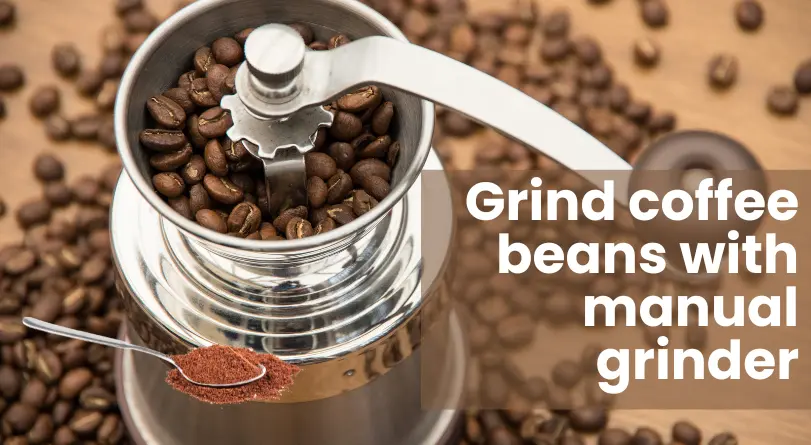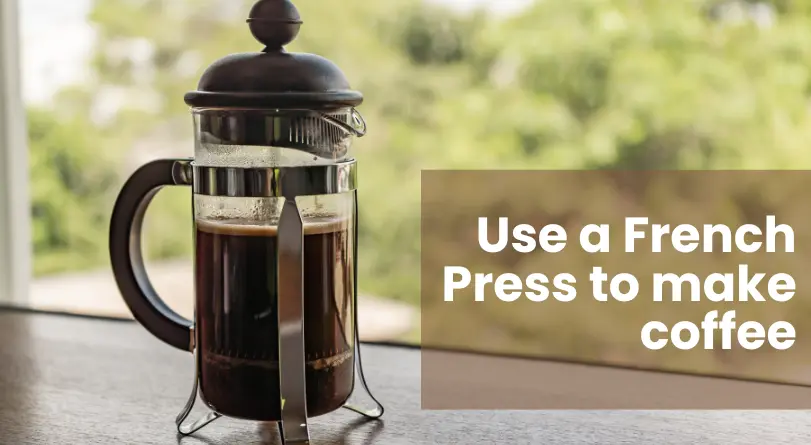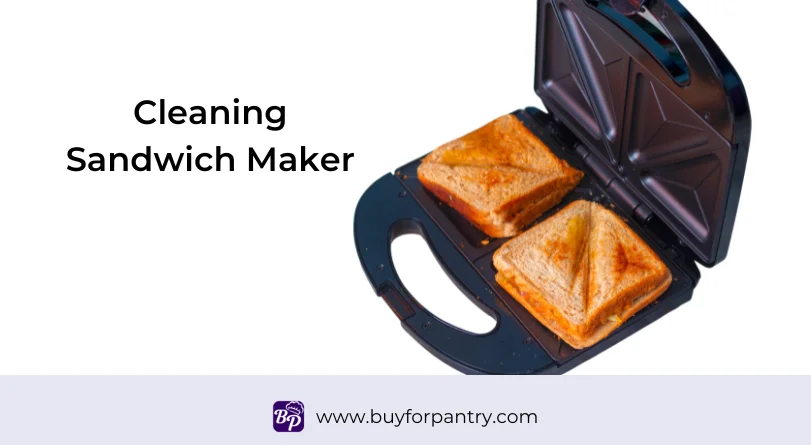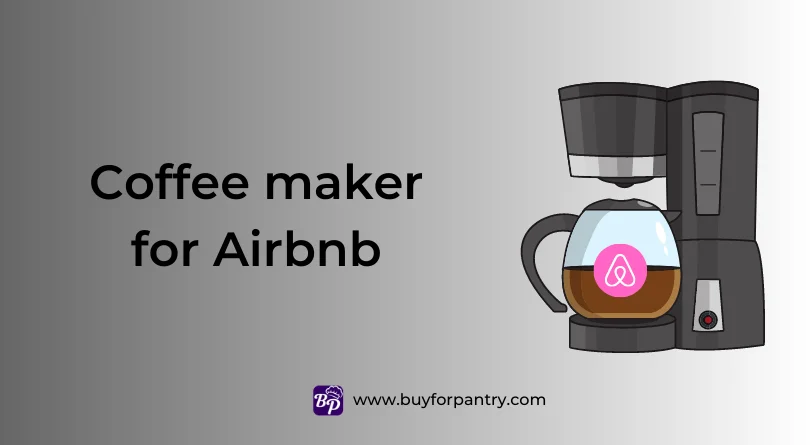Are you tired of relying on electricity to make your cup of morning coffee? Do power outages leave you with caffeine withdrawal symptoms?
No worries, because making coffee without electricity is a simple and satisfying way to enjoy your favorite beverage.
So, how to make coffee without electricity? Is it efficient? Not only is it a fun and unique experience, but it’s also practical in situations where electricity is not available. Whether you’re camping, on a road trip, or simply want to save on your energy bill, learning how to make coffee without electricity is a valuable skill to have in your arsenal.
Key Takeaway
In this blog post, we’ll explore three different methods for making coffee without electricity.
From manually grinding your own coffee beans to using a French press or stovetop espresso maker, we’ll cover everything you need to know to brew the perfect cup of coffee.
We’ll also provide tips and tricks for making the process as efficient and enjoyable as possible.
By the end of this post, you’ll be well-equipped to make coffee without relying on electricity – giving you peace of mind and a delicious beverage, no matter the circumstances.
Making coffee without electricity is just one example of how we can adapt and be more resourceful. Not only can it come in handy during power outages or outdoor adventures, but it’s also a way to reduce our carbon footprint and become more self-sufficient. Learning how to make coffee without electricity is not only a practical skill but also a step towards a more sustainable lifestyle.

How to make coffee without electricity?
Here are the steps to make coffee without electricity:
1. Grind your coffee beans by hand with a manual coffee grinder
Manual coffee grinders are a pleasure to use. Grinding your coffee beans by hand allows you to take a break from the hustle and bustle of modern life and become more intimately involved in your coffee brewing process. This level of interaction creates a sense of satisfaction and enjoyment that is hard to match with an electric grinder.
Here are a few steps to help you get the most out of your manual grinder:
- Start with whole coffee beans. Whole beans will give you a more flavorful cup of coffee than pre-ground beans. This is because coffee begins to lose flavor as soon as it is ground.
- Measure out the amount of coffee you want to grind. Manual grinders typically have a small container that holds a few ounces of beans. If you want a larger batch of coffee, you will need to grind it in stages.
- Adjust the grind. Different brewing methods require different grind sizes. Espresso, for example, needs a fine grind, while French press requires a coarse grind. Most manual grinders have a dial that allows you to adjust the grind size.
- Fill the hopper. This is where the beans go before they are ground. Most manual grinders have a clear hopper that allows you to see how much coffee is left.
- Grind the beans. The process of grinding the beans takes a few minutes, but it is well worth the effort. Turn the crank slowly, and be sure to apply enough pressure to grind the beans evenly.
- Brew your coffee. Once the beans are ground, you can brew your coffee as you normally would.
Grinding your coffee beans by hand with a manual grinder is a satisfying and rewarding experience that brings you closer to your coffee. It allows you to control the grind size and experience the unique flavors and aromas of each coffee bean. Remember to take your time, adjust the grind, and enjoy the process.

2. Use a French press or stovetop espresso maker
Using a French press or stovetop espresso maker is a popular and cost-effective way to brew coffee at home. Not only do they produce a rich and authentic flavor, but they also give you full control over the strength and quantity of your coffee. Whether you are a coffee enthusiast or just love your morning cup of joe, these two methods offer you an easy and hassle-free way to achieve a café-worthy brew.
To use a French press, start by heating water to just below boiling point. Next, add coarse coffee grounds to the press and pour in the hot water. Allow the mixture to steep for several minutes (depending on the strength of your desired coffee), and then slowly press the plunger to separate the brewed coffee from the grounds.
Using a stovetop espresso maker is also straightforward. Begin by filling the bottom chamber with water and the filter basket with finely ground coffee. Screw the top and bottom pieces together and heat on the stove. Once the water has boiled and forced through the coffee, you can remove the pot from the heat and pour the espresso into your mug.
Here are some key tips to keep in mind when using a French press or stovetop espresso maker:
- Use fresh and high-quality coffee beans for the best flavor results.
- Compliment your coffee with filtered water to avoid any impurities or unpleasant tastes.
- Be patient when brewing your coffee – rushing the process can lead to a subpar taste.
- Clean your equipment regularly to prevent any buildup or contamination.
As a result, using a French press or stovetop espresso maker can be a convenient and enjoyable way to brew coffee. With the right tools and knowledge, you can easily achieve café-quality coffee from the comfort of your own home.
Also, it will be helpful to learn about the differences between drip coffee makers and French Press.

3. Filter your coffee using a cone-shaped coffee filter
There is no doubt that coffee is one of the most popular beverages in the world. Whether you’re a coffee aficionado or simply a casual drinker, you likely have your go-to method for making that perfect cup of Joe. However, if you’re looking to take your coffee game to the next level, you may want to consider using a cone-shaped coffee filter.
A cone-shaped coffee filter is a simple, yet effective tool that can help you achieve a richer, more flavorful coffee experience.
Here are a few key factors and details to keep in mind when using a cone-shaped coffee filter:
1. The shape: As the name implies, the cone-shaped filter is shaped like a cone. This shape allows for a more even extraction of the coffee grounds, which results in a more balanced and flavorful cup of coffee.
2. The material: Cone-shaped coffee filters can be made from a variety of materials, including paper, metal, and cloth. Disposable paper filters are the most commonly used, but metal and cloth filters can be reused and are more environmentally friendly.
3. The size: Cone-shaped coffee filters come in a variety of sizes to fit different brewing methods and coffee makers. Be sure to measure your coffee maker’s filter basket to ensure you choose the right size.
4. The water temperature: It’s important to use the right water temperature when brewing coffee. Ideally, you want the water to be between 195 and 205 degrees Fahrenheit for optimal extraction.
5. The grind size: The grind size of your coffee beans can also affect the flavor of your coffee. For cone-shaped filters, a medium grind is ideal.
Using a cone-shaped coffee filter may take a little extra time and effort, but the end result is well worth it. So the next time you’re brewing your morning cup of coffee, consider giving a cone-shaped filter a try and see if you can taste the difference.
Conclusion: How to make coffee without electricity
Despite the fact that making coffee without electricity may seem daunting, it can be very easy to accomplish and can be a rewarding experience for those who do so. In addition to grinding your beans with a manual grinder, brewing with a French press, and filtering with a cone-shaped filter, you can also use a French press.
This skill can be useful for camping trips, power outages, or just for a change of pace in your morning routine. By learning this skill, you are not only improving your self-sufficiency but also reducing your dependence on electricity. So why not give it a try and see how a cup of coffee can be just as satisfying without electricity?


